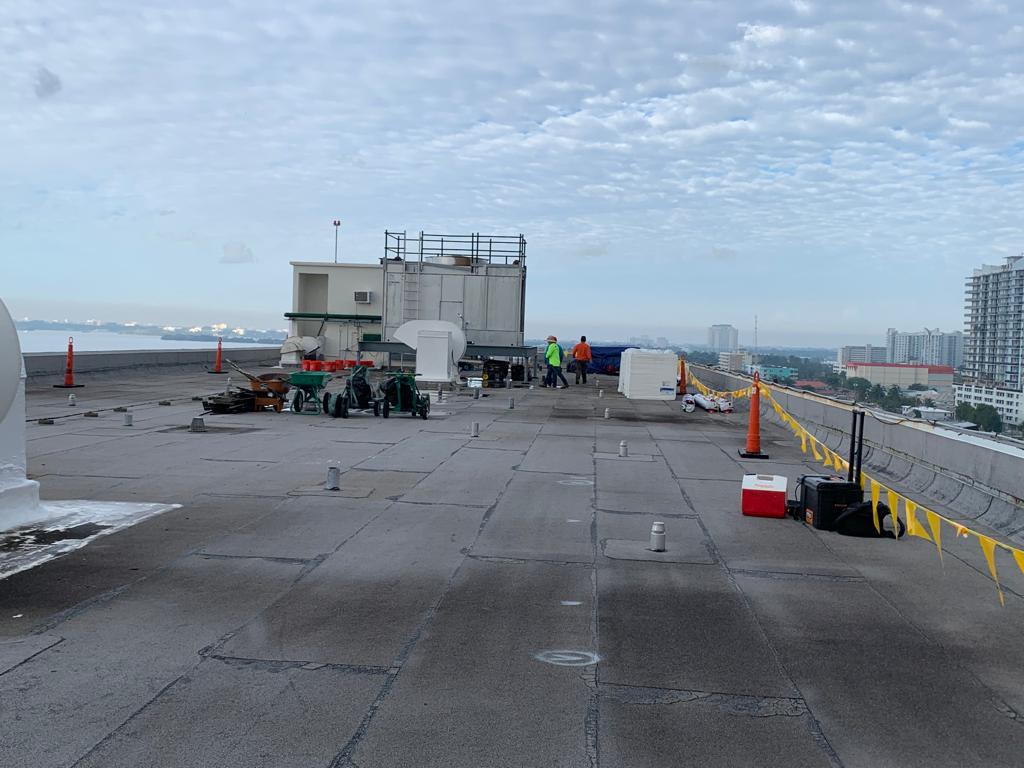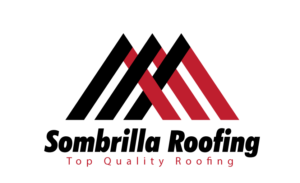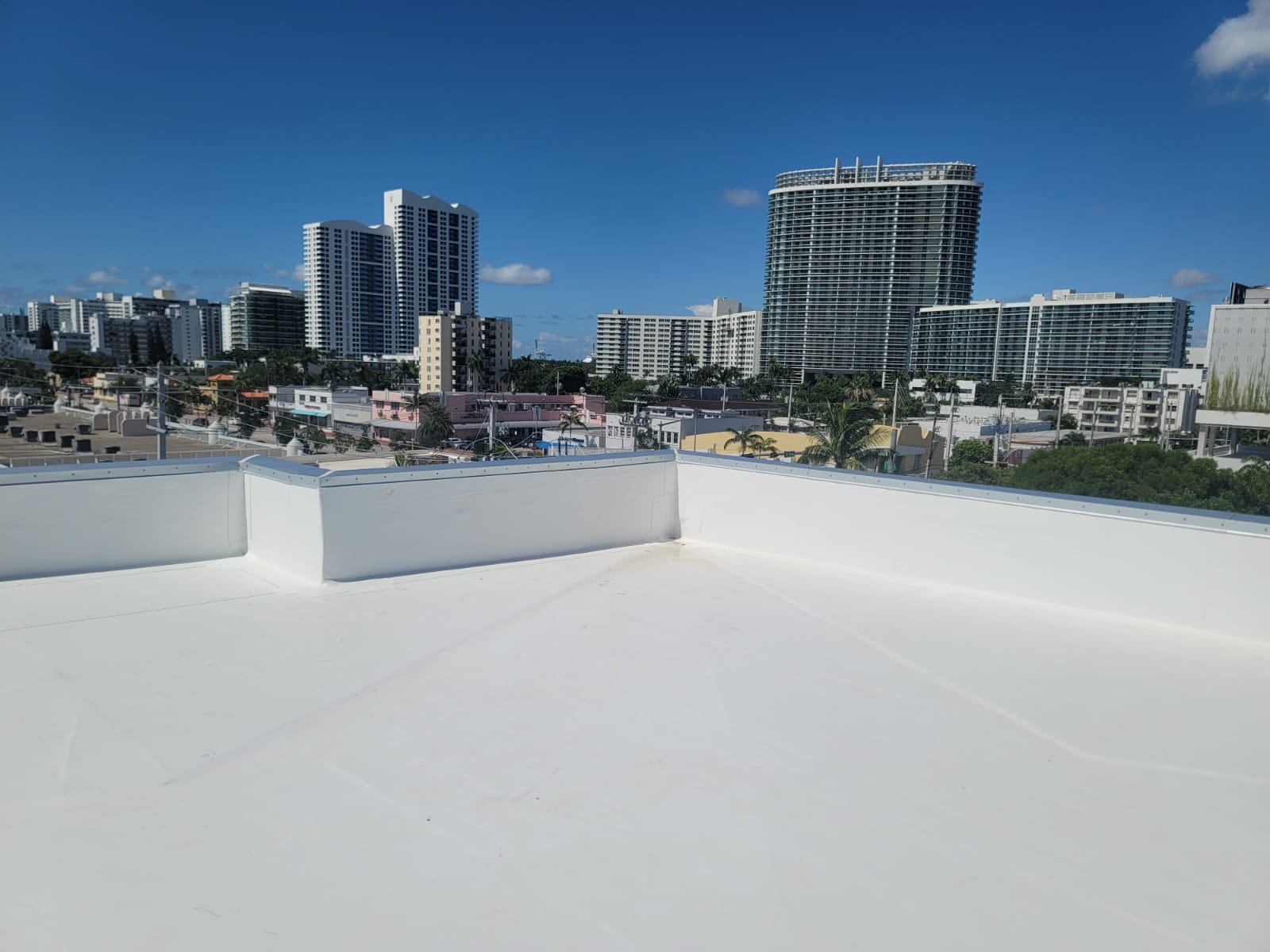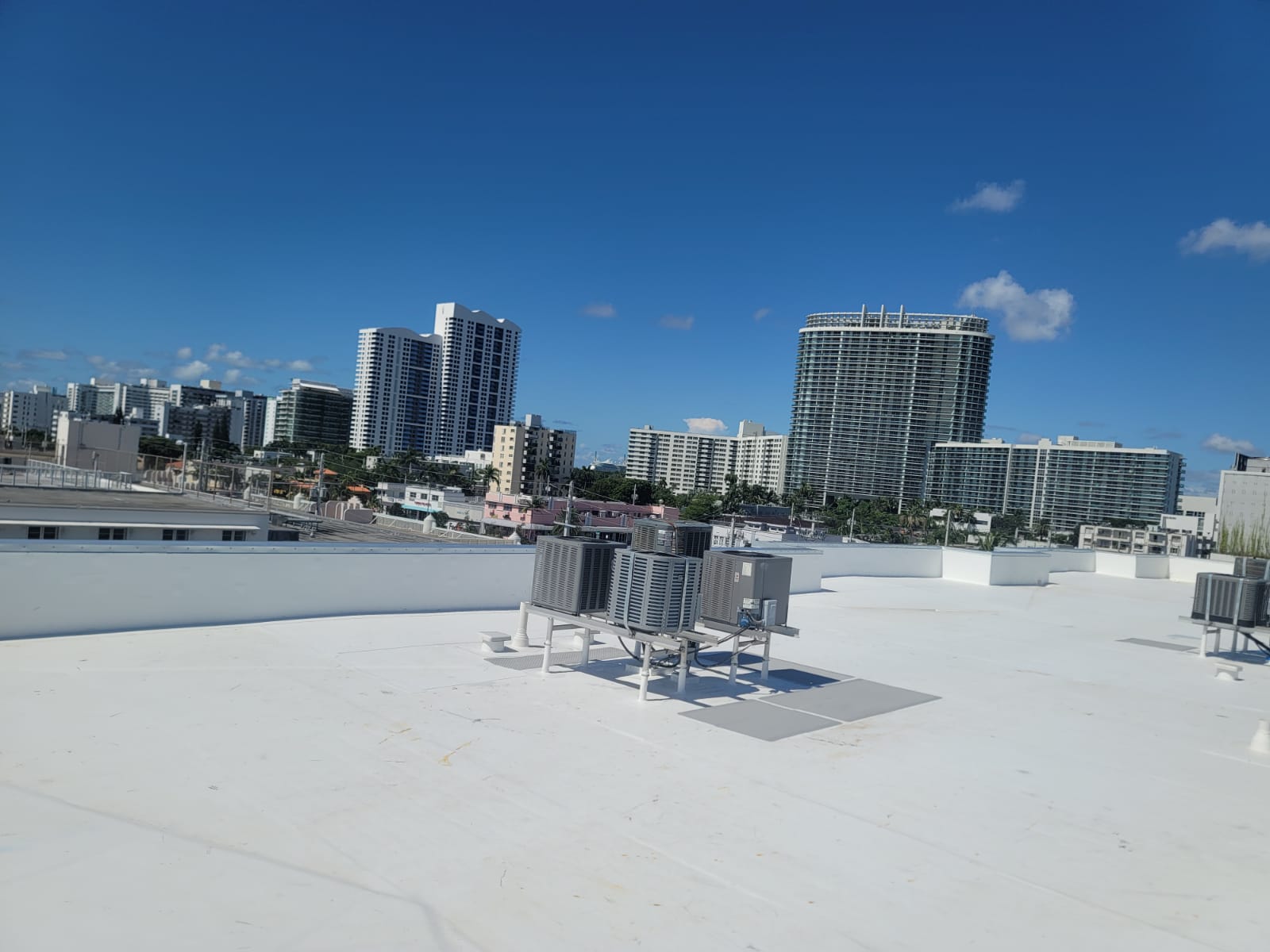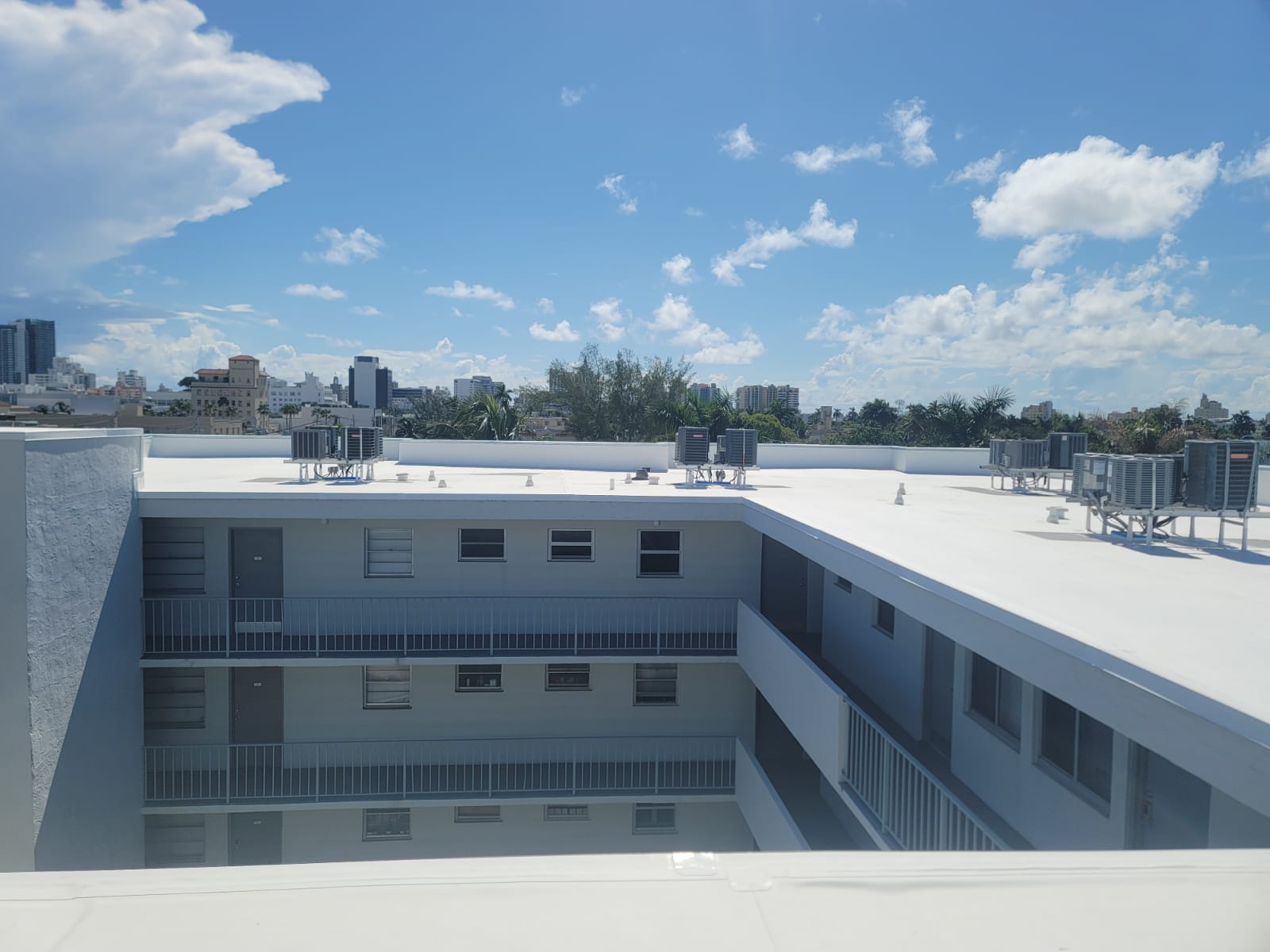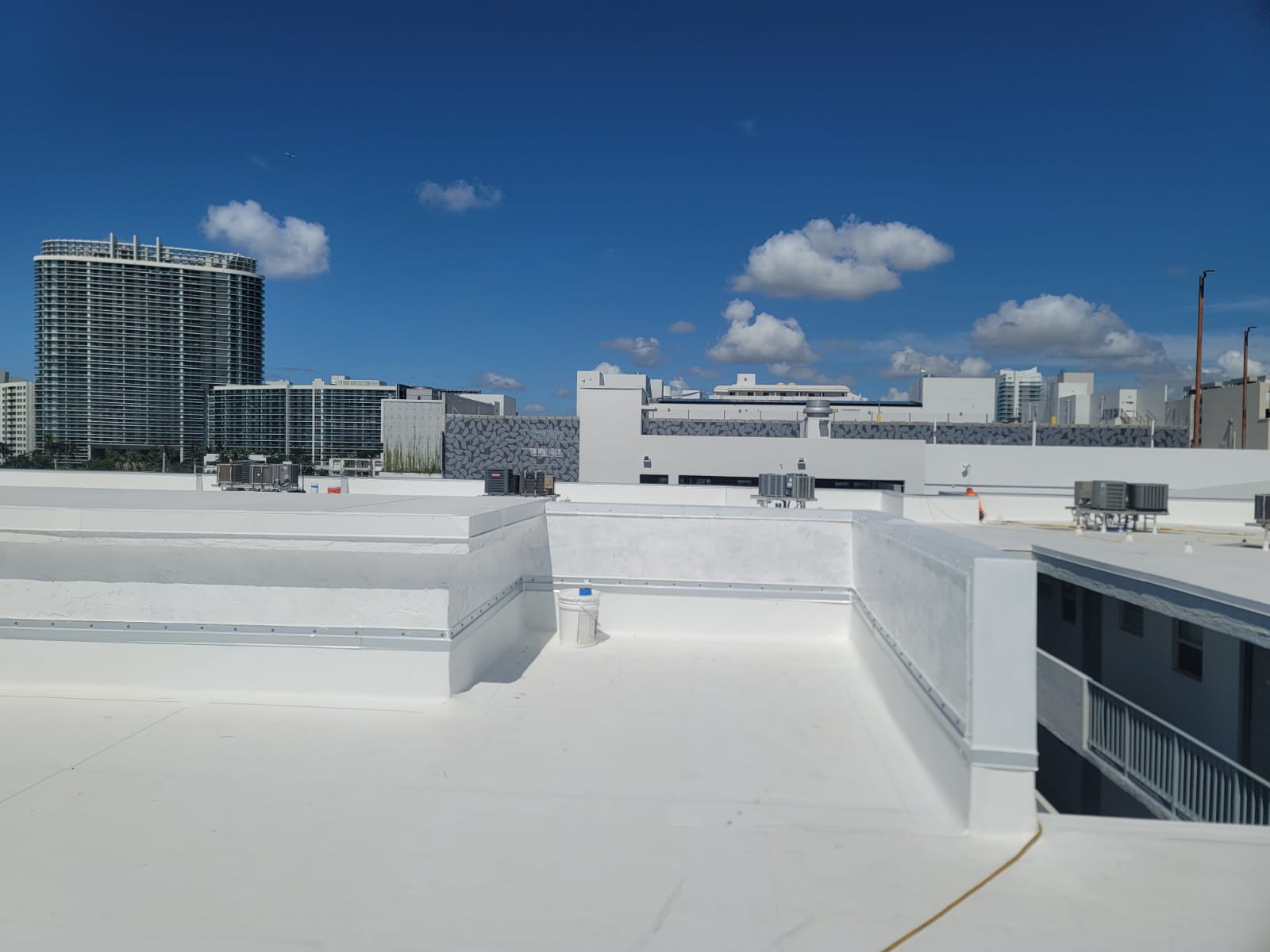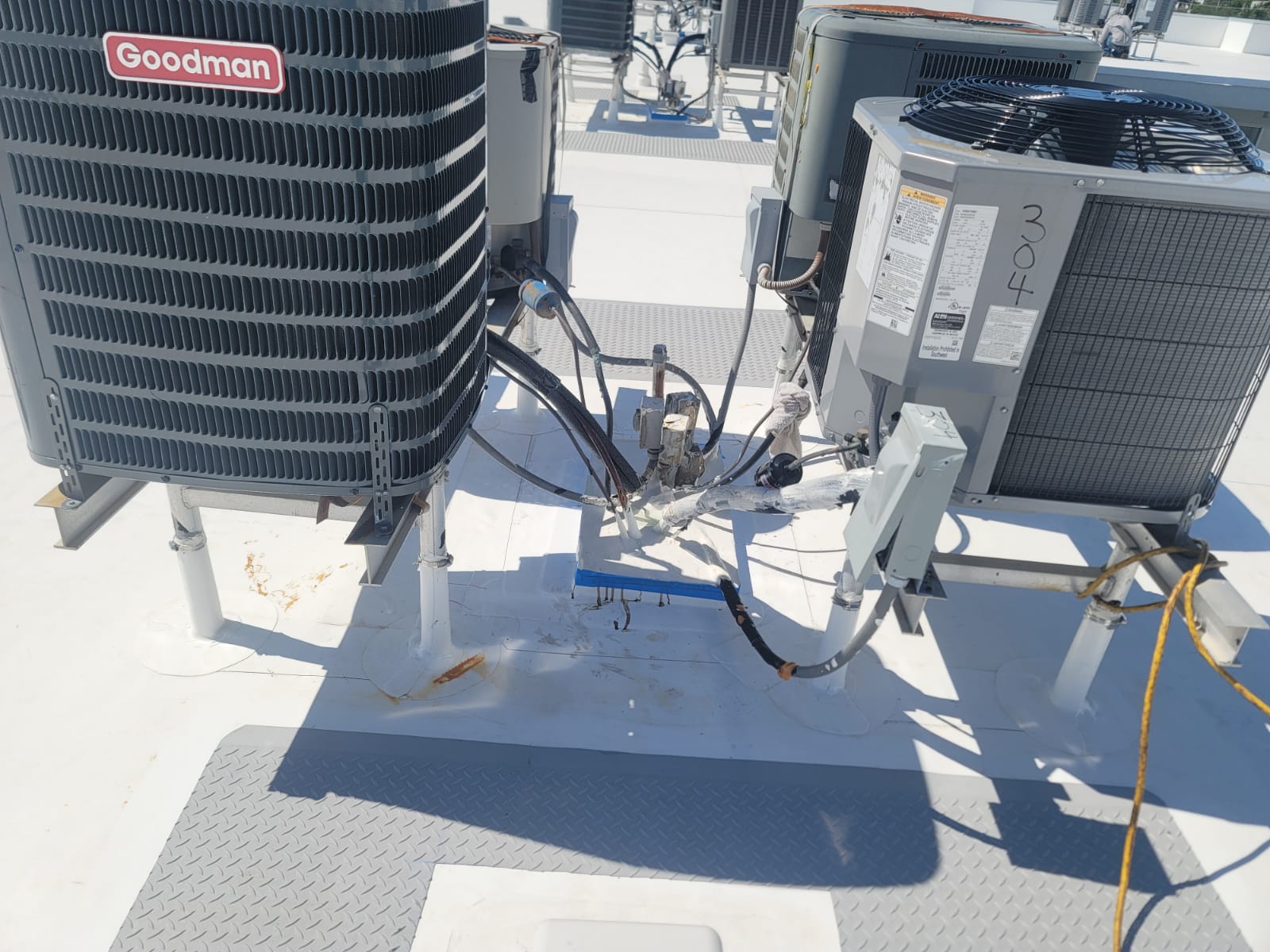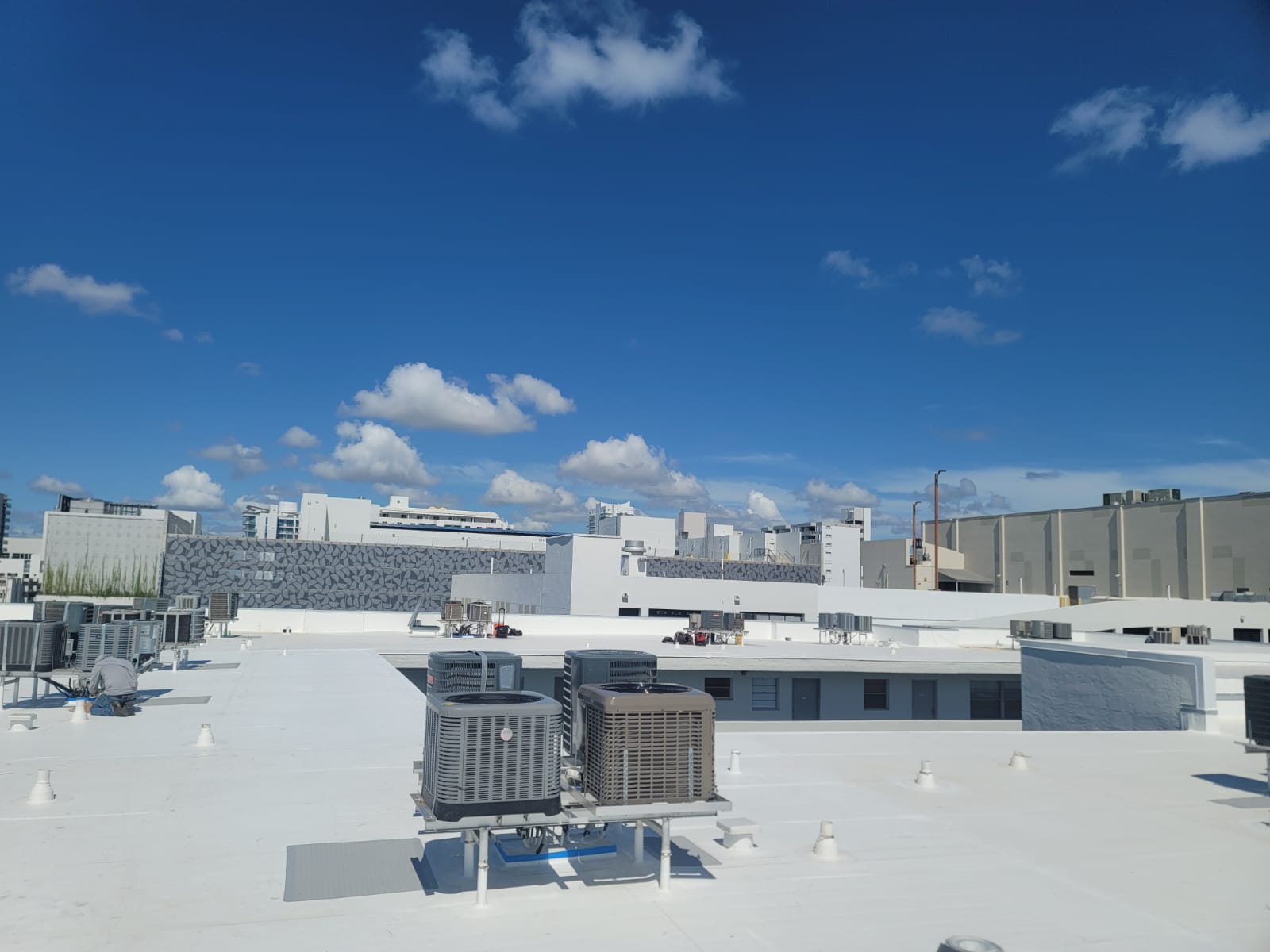Understanding the Necessity of Commercial Roof Replacement
At the heart of the matter is the question: why contemplate replacing your commercial roof? The roof serves as the primary defense against environmental elements, safeguarding assets and personnel. However, like all elements subject to wear and tear, a roof is not indestructible. Over time, its materials can degrade due to various factors, including weather conditions, physical damage, and the passage of time.

